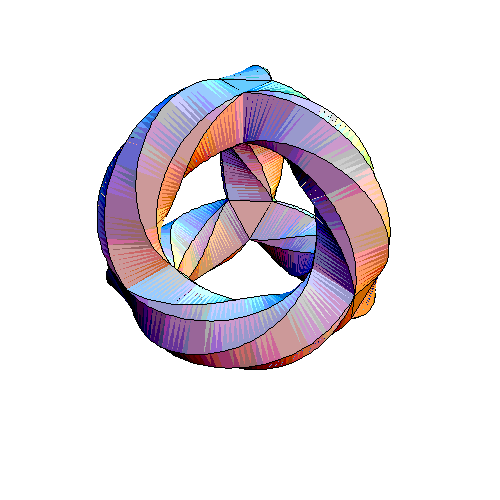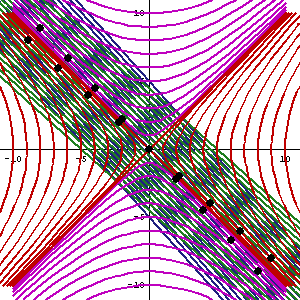




     |
Loading
|
Apparent OrderThe concept of Order is something that is given in any thought of man. It is so basic to understanding and reality, it's a concept -- that is, essentially a general Percept of mind: the brain perceives order. "Apparent Order " is "order," but acknowledges that order implies chaos. Without some chaos, there is no order. However, once the concept of order is examined, one realizes that there are kinds of order, in particular, 1) matter of degree, and 2) matter of kind. "Continuous" order (degree) and "discrete" order (kind) are instantiations of the first dichotomy of concepts. The concept of continuous order (disorder) is equivalent to the notion of a "field" or the gestalt notion of background. The concept of discrete order is the equivalent to the notion of an "object" or the gestalt notion of the foreground.To have Order, there must be Disorder. Order is entangled in disorder (chaos). The disorder surrounds and defines the order, and the order surrounds and defines the disorder. The order is apparent, but underlying disorder can eventually overtake and engulf that order. Moreover, the underlying disorder must have order at a lower level of complexity.
Jim Crutchfield illustrates the computational power of Order and Chaos. More the order, less the computational power (a measure of complexity) and more the chaos, less the computational power. At the extremes, pure order (no change) and pure disorder (all change) computational power is the same, zero. Absolute Order is the same as Absolute Disorder. |